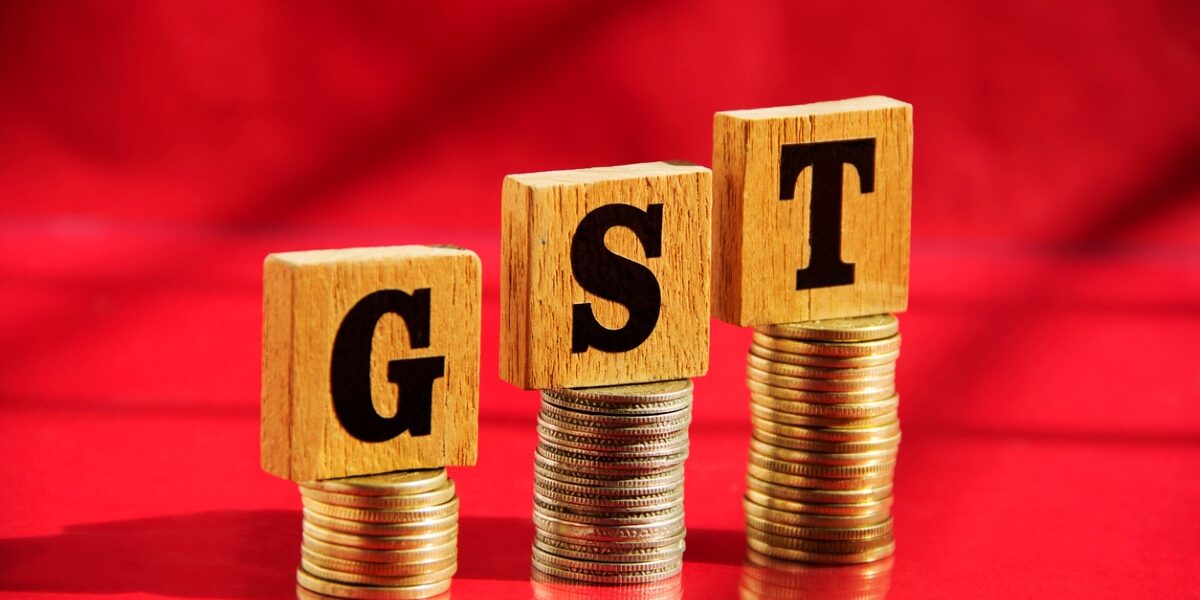Karnataka Minister Priyank Kharge said that Congress has been demanding simplification of GST for over a decade.
Published Sep 04, 2025 | 3:52 PM ⚊ Updated Sep 04, 2025 | 5:23 PM

GST.
Synopsis: According to the state finance minister, Kerala is staring at a steep annual revenue shortfall of ₹8,000–10,000 crore following the recent GST rate cuts. Meanwhile, Karnataka Minister Priyank Kharge demanded that the Union government ensure that the benefit actually reaches ordinary people.
Kerala is staring at a steep annual revenue shortfall of ₹8,000–10,000 crore following the recent GST rate cuts, state Finance Minister KN Balagopal said on Thursday, 4 September.
He noted that while the state welcomes the reduction in GST slabs, which will help lower prices for consumers, the Union government must ensure that the benefit actually reaches ordinary people.
Meanwhile, Karnataka Minister Priyank Kharge said that Congress has been demanding simplification of GST for over a decade.
“One Nation, One Tax had become One Nation, Nine Taxes — zero percent, five percent 12 percent, 18 percent, 28 percent, and special rates of 0.25 percent, 1.5 percent, three percent and six percent,” Kharge said in a post on X.
Balagopal also stressed that states deserve compensation for the losses, but the matter was not given due importance during the GST Council discussions.
The Council, in its meeting on Wednesday, decided to move from four tax slabs, five percent, 12 percent, 18 percent, and 28 percent, to a simplified two-tier structure of 5 percent and 18 percent.
According to Balagopal, sectors such as cement, electronics, automobiles, and insurance alone could account for around ₹2,500 crore of Keralas losses.
Consumer durables like washing machines and air conditioners, along with other aspirational products, are among those seeing rate cuts.
Insurance premiums have also been brought under relief, with individual life and health insurance policies, including family floaters, exempted from GST.
Meanwhile, Union Finance Minister Nirmala Sitharaman clarified that all decisions were taken unanimously at the Council meeting, without opposition from any state.
Revenue Secretary Arvind Sreevastava pegged the total national revenue impact of rate rationalisation at ₹48,000 crore, adding that the figure was fiscally sustainable for both the Union government and state governments.
Kharge further claimed that 2/3rd of the total GST, i.e. 64 percent comes from the pockets of the poor and the middle class, but only three percent GST is collected from billionaires, while the rate of Corporate Tax has been reduced from 30 percent to 22 percent.
“The Leader of the Opposition in the Lok Sabha Rahul Gandhi and AICC President Mallikarjun Kharge had been consistently batting for 18 percent cap or lower GST rates. The Congress party in its 2019 and 2024 manifestos had demanded a GST 2.0 with simplified and rational tax regime. We had also demanded to simplify the complicated compliances which had severely hit the MSMEs and small businesses,” Kharge said.
He said that the government had finally adhered to their demands of rationalising and simplifying the GST and added that the Centre is yet to figure out how they will compensate the losses to states like Karnataka.
Karnataka Home Minister G Parameshwara welcomed the reforms but said that the Union government had not considered the suggestion of the non-BJP-ruled states.
“There are products having 28 percent and 40 percent GST. In other countries, they have a uniform GST. The government of India should also consider something similar. They may lose some money, but it should be helpful for growth,” Parameshwara said while speaking to reporters on Thursday.
Tamil Nadu Finance Minister Thangam Thennarasu, welcoming the reduction of taxes on life-saving medicines, life insurance, and several essential commodities, stressed that the revenue sources of states must not be affected.
He urged that necessary measures, including a Constitutional amendment if required, be taken to safeguard States’ fiscal stability.
He also welcomed the introduction of a provisional automatic refund mechanism under the Inverted Duty Structure for exports and emphasized the need for full implementation of the officers’ committee report to streamline integrated GST settlement procedures.
(Edited by Muhammed Fazil with inputs from Sreelakshmi Soman and Anisha Reddy.)
